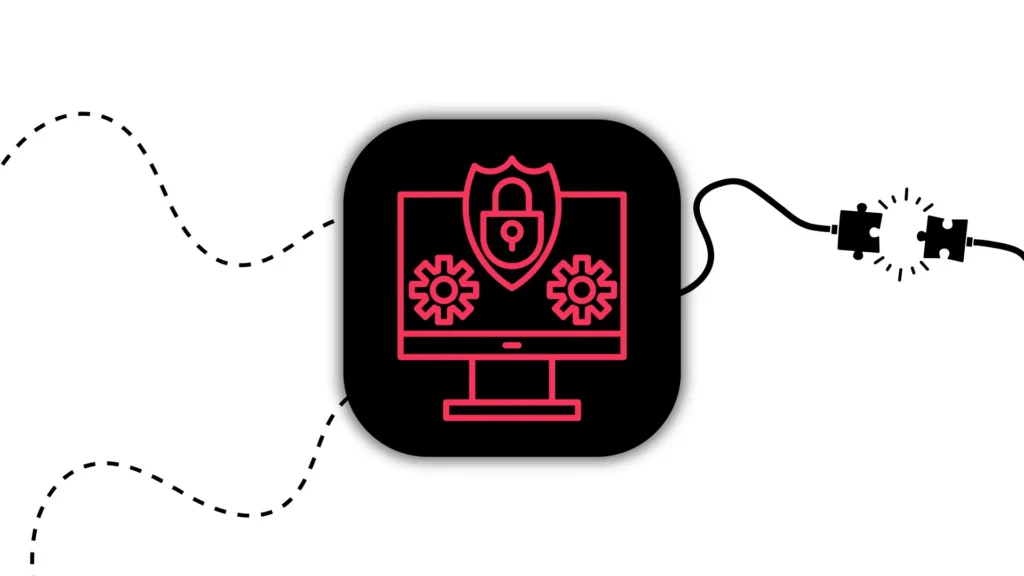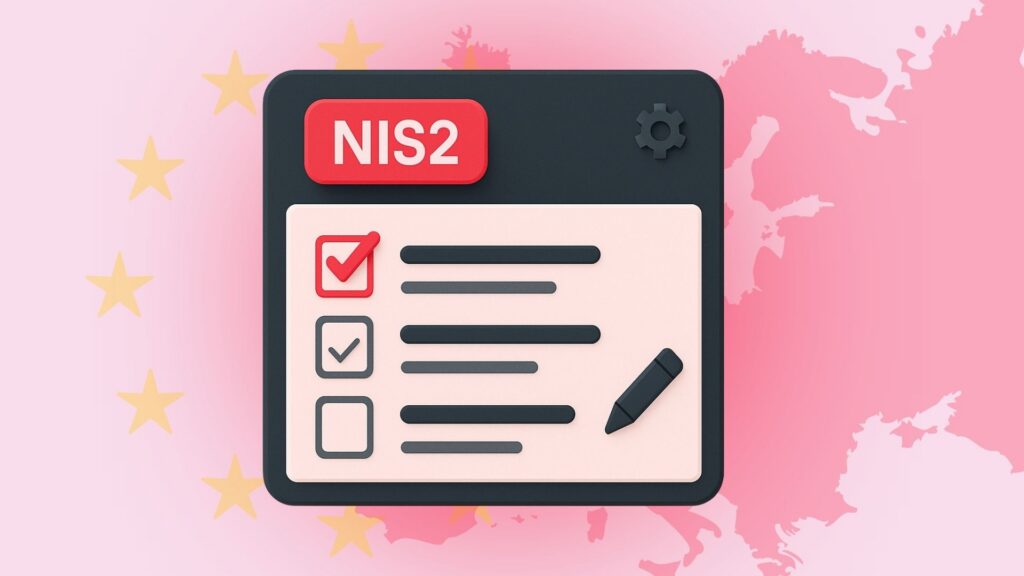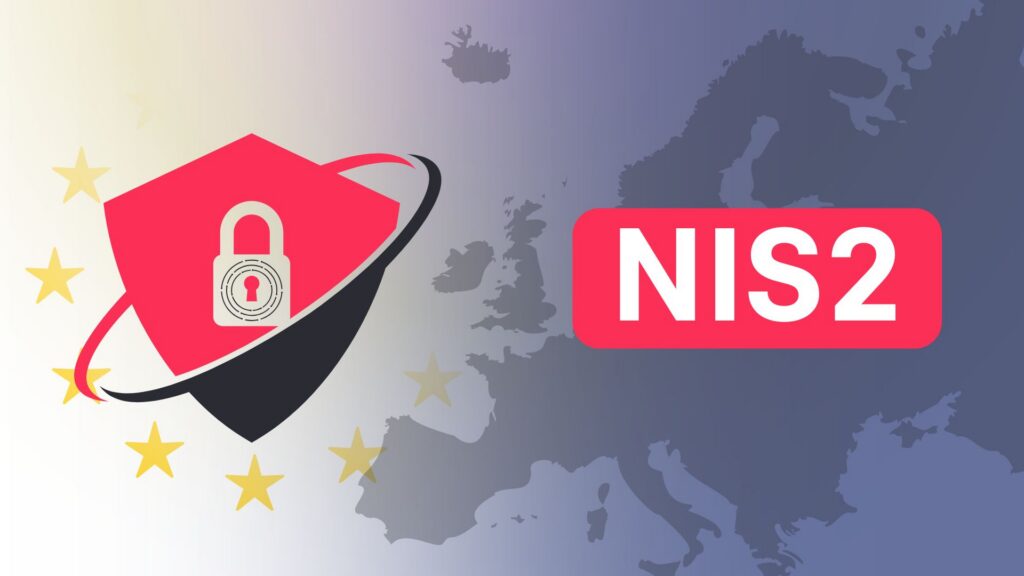The clock is ticking for businesses across the EU to comply with the European Accessibility Act (EAA).
Taking effect on June 28, 2025, this directive aims to create a more inclusive society. The goal, of course, is to make products and services accessible to everyone, including people with disabilities and the elderly. Beyond regulatory compliance, the EAA presents a strategic opportunity.
Those late on the trigger may just find themselves lagging behind — not just for the mere sake of compliance, but in expanding their market and strengthening their brand. With 135 million EU residents living with disabilities, roughly 1 in 6 people, businesses that embrace accessibility are unlocking a substantial, underserved market segment.
Here’s all you need to know to get ready for the change.
What Is the EU Accessibility Act?
The European Accessibility Act (EAA) is a directive designed to improve access to products and services for people with disabilities and elderly individuals across the EU.
The EAA reflects the EU’s commitment to the UN Convention on the Rights of Persons with Disabilities. It aims to break down barriers created by fragmented national rules across all 27 member states.
At its core, the EAA seeks to level the playing field for everyone. It introduces minimum accessibility standards to encourage smoother cross-border trade, innovation in inclusive design, and a wider range of accessible products.
Who Does It Impact the Most?
- E-commerce: Websites, apps, and digital storefronts.
- Banking: Online banking platforms and payment terminals.
- Technology: Computers, smartphones, and operating systems.
- Public Services: ATMs, ticketing machines, and public transport services.
- Media: Audio-visual platforms like streaming services and related equipment.
- Retail: Any business targeting EU consumers with products or services.
According to the European Commission’s Fact Sheet, even non-EU companies, such as US-based e-commerce platforms selling to EU customers, must comply if they operate within this market.
Key Deadlines and Requirements for EAA
Right now, businesses across the EU are at a critical point.
The European Accessibility Act (EAA) is not a new concept. It was first adopted back in April 2019. By June 2022, each EU Member State was supposed to have transposed the directive into national law — a move essential to set the stage for businesses to understand what’s expected. In the 2023 Zeitgeist, we urged our stakeholder circle to understand what it meant to be truly accessible and not just tick the box.
Fast forward to today, and we’re in the middle of a transitional phase. Some countries have fully implemented the laws. Others, like Belgium, have only partially transposed the EAA. Regardless of states, EU businesses are expected to use this time to warm up before the big event.
By June 28, 2025, the EAA’s rules will be fully in force.
It means any new product or service hitting the market must comply. It’s no longer about planning or discussing — it’s about delivering
Core Obligations of the European Accessibility Act
- Web Accessibility: Websites and digital platforms must adhere to WCAG 2.1 guidelines, ensuring they are perceivable, operable, understandable, and robust for all users.
- Product Design: Accessibility features must be embedded in hardware and software, such as audio-assisted ATMs or screen-reader compatibility for smartphones.
- Service Accessibility: Digital services like online banking or e-commerce must be accessible by design, with user-friendly interfaces and compatibility with assistive technologies.
Cross-Border Standards: A unified set of rules simplifies trade and ensures that accessible products meet the same criteria across all EU states.
Why Act Now?
So, where should you be right now?
Ideally, you should already be auditing your current offerings, identifying gaps in accessibility, and creating a roadmap to bridge those gaps.
If that hasn’t started yet, it’s time to prioritize. Waiting until the last minute could mean scrambling to meet requirements, risking penalties, or worse — alienating customers who rely on accessible solutions.
The expectation by July 2025 is clear. Businesses should not only be compliant but also ready to integrate accessibility as a standard part of their operations.
Failing to comply with the EAA won’t be just a regulatory risk — it’s a reputational issue.
Penalties vary by country but are designed to be “effective, proportionate, and dissuasive.” Companies could face fines, legal challenges, and the loss of a growing segment.
Why This Matters to Estonian and Nordic Businesses
For businesses in the Nordic region and Estonia, the European Accessibility Act shouldn’t just be considered another regulation.
It’s an opportunity to lead.
We have long been at the forefront of digital transformation, innovation, and forward-thinking policies. With our reputation as one of the most digitally advanced regions in the EU, while minding sustainability and inclusivity, we are perfectly positioned to advocate this change. Moreover, the EAA aligns seamlessly with Estonia’s Digital Agenda 2030, which prioritizes accessibility and user-centric design in public and private services.
Why It Gives Us a Competitive Edge
Beyond compliance, accessibility offers clear business benefits. By meeting EAA standards, all companies within our region can:
- Market Differentiation: Customers, partners, and stakeholders expect a high level of professionalism. Demonstrating leadership in this area builds trust and strengthens the notion that we’re taking care of important details.
- Tap Into a Broader Market: Accessibility isn’t just for people with permanent disabilities — it benefits a wide range of users, including those with temporary impairments or situational challenges. By designing with accessibility in mind, you can reach a more diverse audience.
- Simplify Cross-Border Operations: The EAA’s harmonized standards mean companies can develop products and services that comply across all EU Member States. This streamlines processes and reduces the complexity of operating in multiple countries.
Being known for our commitment to technological progress, early action on the EAA is a necessity. It’s an opportunity to solidify our leadership position and set the standard for other member states to follow.
Let Us Know If You Need Guidance
Navigating the EAA’s requirements can feel overwhelming. Varying national implementations and technical standards don’t make the challenge any easier.
If the complexity seems way too complex, feel free to reach out — we’ll be happy to have a chat. Alternatively, stay tuned for a detailed public notice from us in the near future where we’ll break down practical steps to ensure your business is fully prepared.
Similar insights

12 AI Cyberattacks That Made CEOs Very Cautious
21/10/2025
14 Books Smart Tech Leaders Are Reading This Fall
07/10/2025
Protect Your Crown Jewels: The Heart of Your Cybersecurity
15/09/2025
How Renown Business Executives are Using AI?
12/08/2025
Think You’re Secure? PEN Testing Will Tell You
15/05/2025
NIS2 Compliance: A Simple Guide to Get It Done Right
15/05/2025
NIS2 Directive Explained: What Your Business Needs to Do Now
29/04/2025
Net Group Expands into Germany and Acquires Cybersecurity Company
04/04/2025
AI in Supply Chains: Precision, Profit, and Practicality (Today)
01/04/2025
Let the success
journey begin
Our goal is to help take your organization to new heights of success through innovative digital solutions. Let us work together to turn your dreams into reality.